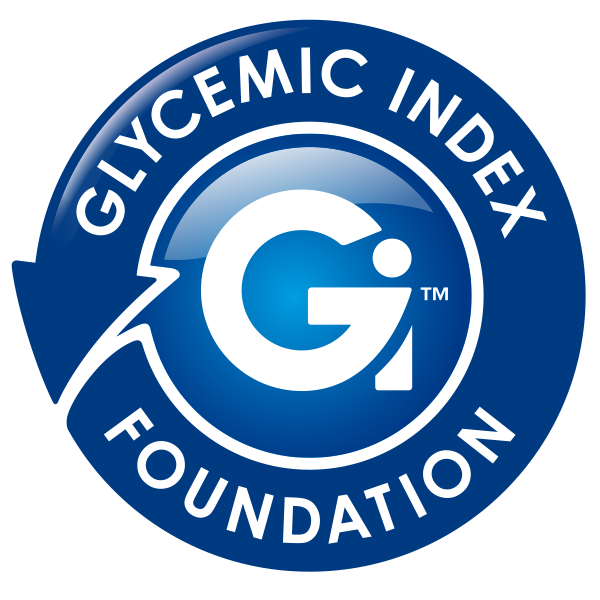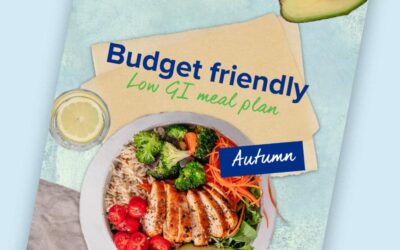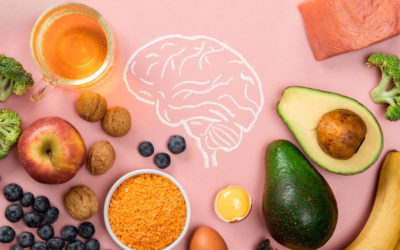Gluten free diets have become increasingly popular in recent years, with many people adopting them due to gluten sensitivity, coeliac disease or other health concerns. However, following a gluten free diet that also provides enough carbs and other essential nutrients can be challenging, as gluten is a common protein added to many foods.
Thankfully, many gluten free core foods such as milk, yoghurt, some starchy vegetables, legumes and most fruits also have a low GI. These low GI carbs are digested and absorbed more slowly, meaning blood sugar is released more slowly into your bloodstream, providing you with steady and longer-lasting energy.
There are also many other gluten free grain alternatives that are not low GI, so finding gluten free breads, pasta and breakfast cereals can be a challenge, but possible nonetheless!
If you’re following a gluten free diet and need to eat low GI, here are our top 5 tips to incorporate both foods into a balanced diet:
- Choose gluten free whole grains
Whole grains provide fibre, vitamins and minerals which may otherwise be difficult to include in a gluten free diet. It’s easy to incorporate gluten free grains such as quinoa, brown rice and buckwheat into your meals by adding them to rice dishes and salads. These grains are low on the GI scale and provide important nutrients such as fibre and protein for a balanced diet. - Be mindful of added sugars
Maintaining stable blood sugar levels is important for everyone, but it can be particularly challenging for people who are gluten free. Many gluten free foods are high in refined carbohydrates and added sugars, which can cause blood sugar to spike and crash. Read labels carefully and choose products that are low in added sugars. If you can, choose products that carry the low GI symbol on the pack. - Opt for fruits and vegetables
Fresh fruits and vegetables are naturally low in GI and double as gluten free, making them the optimal choice as a snack or addition to salads. Choose a variety of colourful fruits and vegetables to ensure you’re getting a diverse range of vitamins and minerals. - Consider legumes
Not only are legumes such as lentils, chickpeas and black beans affordable, they are gluten free and low GI, making them the ultimate powerhouse food. You can add them to salads, soups, stews and even dips. They are also a great source of fibre, protein and other important micronutrients. - Double check food labels
Always double check the labels of packaged foods and watch out for hidden sources of gluten in the ingredient list. Where you can, look out for the low GI symbol on the pack. Foods that carry the GI Symbol have been assessed against a range of strict nutrient criteria in line with International Dietary Guidelines, making them not only low GI, but also among the healthiest choices in their category.
With thoughtful planning a low GI and gluten free diet can still be simple, providing high quality and delicious meal options. If you’re in need of some recipe inspiration to get you started, head over to our gluten free seven day low GI meal plan.


